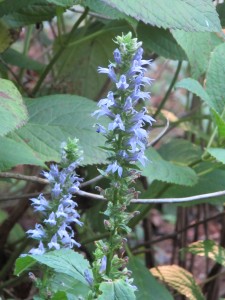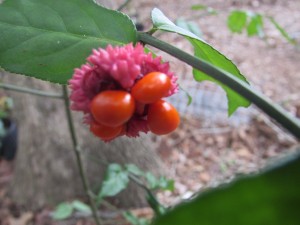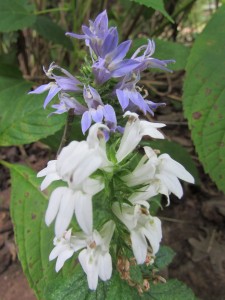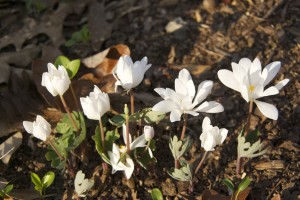I used to plant any plant that someone gave me or I found on sale, or that just struck my fancy. My yard was colorful, always something in bloom. After many years of this casual way of gardening, I discovered the native plant society. It has opened my eyes to the really important kind of gardening-the kind that provides food and shelter for our native wildlife and helps prevent the extinction of these critters. Most pollination is done by native pollinators. Without pollinators we can kiss about a third of our food supply goodbye. Not to mention that fact that the native pollinators are some of the most beautiful creatures on earth. Think butterflies hummingbirds, moths, damselflies, dragonflies, bees…………..
It’s not easy making the change. I was so accustomed to planting my little soldiers in a row. Now my garden looks like someone staggered through while on a binge and dropped seeds along the way. But I do love it!
Butterflies, moths, dragonflies, damselflies, many kinds of bees and native flies, hummers, all kinds of birds, rabbits, deer, squirrels, chipmunks, and even a raccoon have been visitors. I’m not so crazy about the squirrels, deer or chipmunks because they eat my vegetable garden fruits, but the others I welcome with open arms. And guess what! They repay me by pollinating my flowers with many side trips to the vegetable garden. I found that planting natives encourages the native pollinators to come a callin’.
Gulf Fritallary caterpillar on Maypop
So, where do I get these native plants? Well, at first, I bought many of them from the local chapter, then I started going on plant rescues where we rescue natives that are threatened by land development. These are planted in my yard. I now have about a hundred different species of native plants, with blooms almost year round.
Digging me some ferns!
And one of the side benefits is that, once established, they require little maintenance. Nobody goes out in the woods and waters, prunes or fertilizes natives! So I’m saving money and time that I can devote to collecting more of these prized plants.
Want to learn more about natives? We have many opportunities for learning about them. Our local West Georgia Chapter of the Georgia Native Plant Society meets at the ag center on the third Tuesday of each even numbered month, with our next meeting on Oct. 21. We meet at the ag center with a meet and greet 1t 7:00 and the program at 7:30. We have native plant sales at all meetings. Also upcoming is our fifth annual fall workshop on Sept. 20 at the ag center. Registration is at 8:30 with the program from 9-12. Native plant vendors will be on hand with a nice selection of plants for purchase. And don’t forget that by joining the native plant society, you can go on rescues and dig plants to put in your own yard with no cost except you time and labor. Can’t beat those prices!!! And the people are pretty neat too!
You can also visit the web sites for the state and local organizations to learn about natives. Go to www.gnps.org or www.wgawildflowers.org.
Here’s a sampling of the natives I have in my yard.























